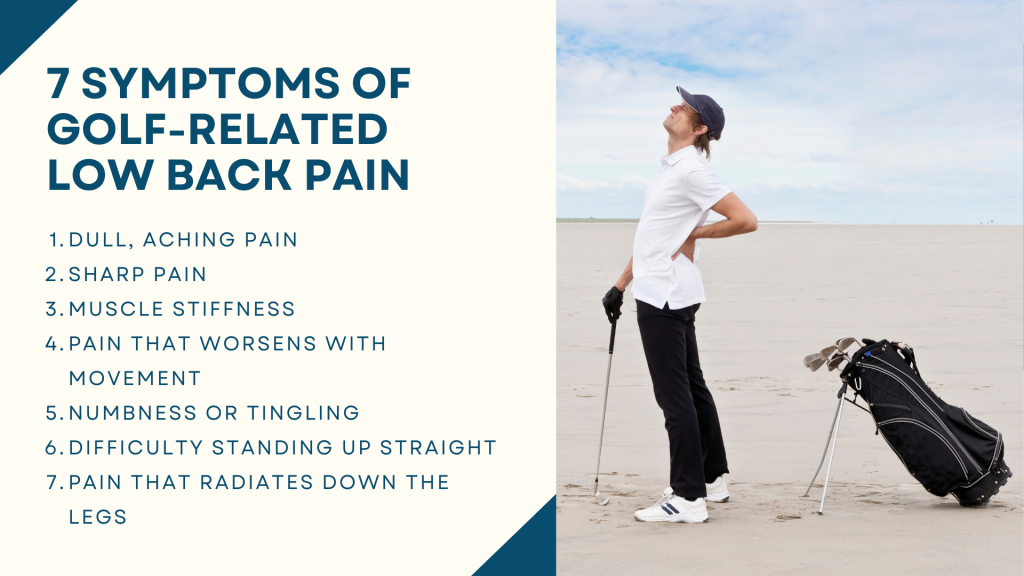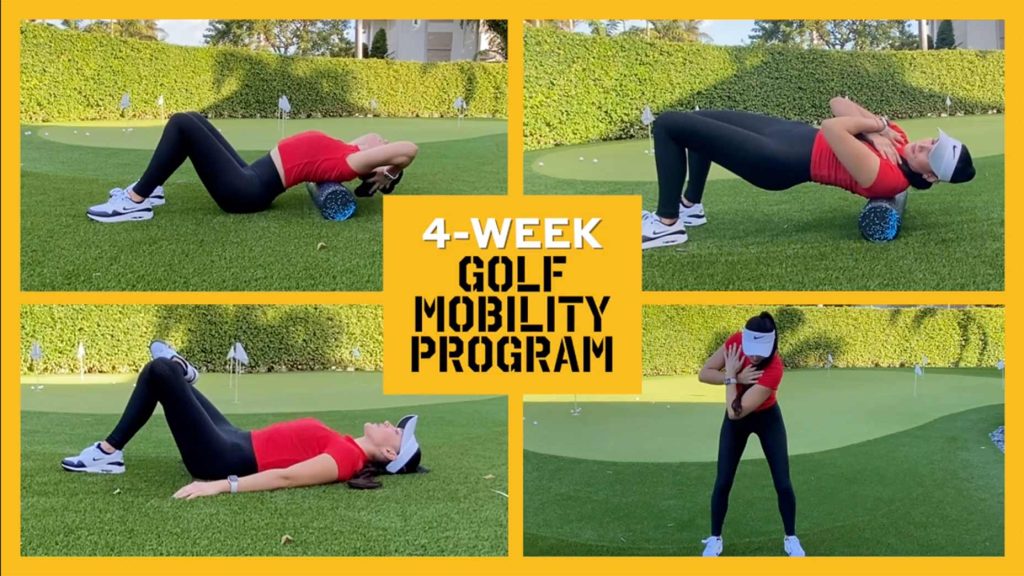TPI Golf Assessments at Elite Performance Therapy
At Elite Performance Therapy, we specialize in body analysis for golfers, with training in TPI and various methodologies to measure body movements in golfers.

Understanding TPI (Titleist Performance Institute)
The Titleist Performance Institute (TPI) has created a program to train Golf Professionals, Personal Trainers, Sports Massage Therapists, Chiropractors, and Medical Practitioners to understand the correlation between a golfer’s physical limitations and swing flaws. Lower back pain is the most common ailment among golfers of all ages. According to data collected from over 31,000 golfers at TPI, 28.1% of players experience lower back pain after every round. It is also the most prevalent complaint among professional golfers on all tours, with data indicating over 23% play with lower back pain. Understanding the cause of lower back pain requires thoroughly investigating the Body-Swing Connection™.
A Closer Look at Lower Back Pain
Initially, let’s make a bold statement: the lower back is rarely the original source of pain. It may be the current source, but rarely the root cause. More often than not, abnormal motions or forces from adjacent or distant areas of the body force the lower back into excessive work until it breaks down. In other words, the lumbar spine is often overworked to the point of injury. It’s the overused and over-abused worker who keeps going until they break. The lack of mobility in many golfers’ ankles, hips, thoracic spine, and shoulders forces the lower back to bear excessive loads, which is the primary cause of most back injuries. Therefore, any discussion about lower back pain should specifically address these areas.

When the lower back does break down, typically, one of the following conditions occurs:
- Muscle Strain or Ligamentous Sprain: Usually resolves in 2-4 weeks with rest and recovery. However, residual stiffness, fascial restrictions, joint fixations, or movement alterations may need addressing afterwards. Symptoms can range from minor aches to sharp, debilitating pain, usually localized in the lower back region and not radiating into the buttocks or leg. The area around the injury is often sore to the touch, and pain generally subsides with rest.
- Disc Injury: The lumbar intervertebral disc acts as a spacer and shock absorber. Tears in the disc can lead to bulging or rupture, potentially irritating or compressing spinal nerves and causing pain, often radiating into the buttocks or leg. Sitting for long periods, bending forward, or lifting heavy objects can exacerbate symptoms.
- Altered Joint Mechanics or Motor Control: The brain can alter the lumbar spine’s movement by altering muscle activation or sequence, leading to chronic problems over time.
- Degenerative Arthritis: Overuse, abuse, or lack of use can lead to arthritic changes in the spinal joints, causing sharp pain with specific movements and chronic dull pain over time due to inflammation.
- Bone Fracture: Common in rotational athletes, bone fractures occur due to rapid extension and rotation of the spine. This can potentially lead to stress or pedicle fractures, resulting in deep, dull pain and instability in the spine.
Key Considerations for Golfers
- How do I prevent lower back injuries?
- How do I treat an injury once it occurs?
Effective Prevention Strategies

The best way to prevent lower back injuries in golf is through three main strategies:
- Normalize Movement Patterns: Address mobility in the hips and thoracic spine, and assess and correct motion in the ankles and shoulders.
- Optimize Swing Mechanics: Understanding and correcting common swing characteristics like Reverse Spine Angle, S-posture, and Hanging Back can significantly reduce stress on the lower back.
- Incorporate Recovery Techniques: Building a solid foundation of strength and maintaining proper mobility is vital for long-term lower back health.
Our Approach at Elite Performance Therapy
At Elite Performance Therapy, we are uniquely positioned to assess golfers’ body movements and restore movement through manual muscle manipulation and tailored home exercises. Partnering with golfing coaches and specialists we bring a holistic approach to treating and preventing lower back pain in golfers, ensuring they enjoy a pain-free game.
Expertise in Golfing Injuries
Isy Fergusson, working with the Ladies European Tour and the Asia Men’s Tour, possesses extensive knowledge about treating golfing injuries, improving players’ swing biomechanics, and preventing golf-related injuries. With Isy’s expertise, all clients at Elite Performance Therapy can be confident they will receive the highest level of care and the most effective, up-to-date treatment plans.
I was recently on a golf trip, on day 1 I aggravated a football injury, I contacted Elite Performance Therapy to see if they could assist. Due to the short time frame of my trip I was not hopeful. I couldn’t have been more wrong, after some message communication Isy phoned me, we spoke about my injury and Isy was incredibly helpful re arranging her own calender to fit me in the very next morning.
Isy was incredibly professional and knowledgeable, Isy explained possible aggregating reasons for the flair up and treated the area with a sports massage, cupping, Isy was also able to give me strengthening exercises and advise to assist me going forward.
This was a great help to me and the treatment allowed me to enjoy the rest of my golf trip virtually pain free. I could not recommend Isy enough.I had low expectations finding a physio in such a short space of time , the professionalism and helpfulness was second to none. And the treatment and recovery plan was a 10/10. Highly recommend contacting this practice for a consultation.
Brendan Lennon
